Caring for Your Vulva
Essential tips for proper vulvar care and maintaining intimate health.

Reading this blog title, you may be asking yourself, what is your vulva? Well, you are not the first and definitely not the last person to be asking this question!
Vulva is the name for the female external genitalia. Essentially, it is everything that encompasses the outside of your vagina! You can even see a picture of what I am writing about below.

https://www.bodyform.co.uk/discover/your-first-period/what-is-the-vulva/
Some individuals can be diagnosed with vulvodynia, or pain in your vulva. Common symptoms of vulvodynia include burning, stinging, redness, soreness, swelling, or pain at your vaginal opening or vulvar region. This pain can last from a few months to years. 1 (479) 464-5598Often, patients diagnosed with vulvodynia can have pain with intercourse, sitting, wearing certain clothing, or participating in their daily activities. There are many different causes of vulvodynia but most commonly, it is related to sensitive skin, a history of vaginal infections, pelvic floor weakness or tightness, vulvar nerve irritation, or hormonal changes.
If this sounds like something you might be encountering, try some of the tips listed below and feel free to give us a call to see if your symptoms can be further addressed in pelvic floor physical therapy. Additionally, the vulva is an area that can be very sensitive, so it is important that everyone knows how to best take care of it to prevent pain.
Daily tips for all individuals:
Use 100% cotton pads and tampons. Try to avoid any deodorizing feminine products.
Wash gently. Avoid use of soaps for washing your vulva. Instead, try just using warm water. Avoid scrubbing the area and instead use your hand to gently clean.
Use lubricants for intercourse. See our lubricant blog here for more information on purchasing the best lubricant for you.
Use scent free and gentle detergents to wash your clothing.
Use soft toilet paper.
Remove wet bathing suits and clothing as soon as possible.
Daily tips for Individuals with vulvar pain:
Use a cold compress for 20 minutes when irritated. Do not apply the cold compress directly to your ski n to avoid any irritation or burns.
Following washing, use a barrier ointment such as petroleum jelly to reduce friction between your vulva and underwear or outer clothing.
Wear looser fitting clothes to avoid increased pressure or friction to your vulvar region.
Reduce activities with increased pressure to your vulva including bike riding and horseback riding.
Take baths in lukewarm to cold temperatures, avoiding hot water that increases inflammation of your vulva.
Wear looser fitting clothes and underwear to reduce pressure to your vulva.
Exercises for preventing and treating vulvar pain:
Happy baby stretch. Perform 3 repetitions with a 30 second hold. Complete 1x/day.
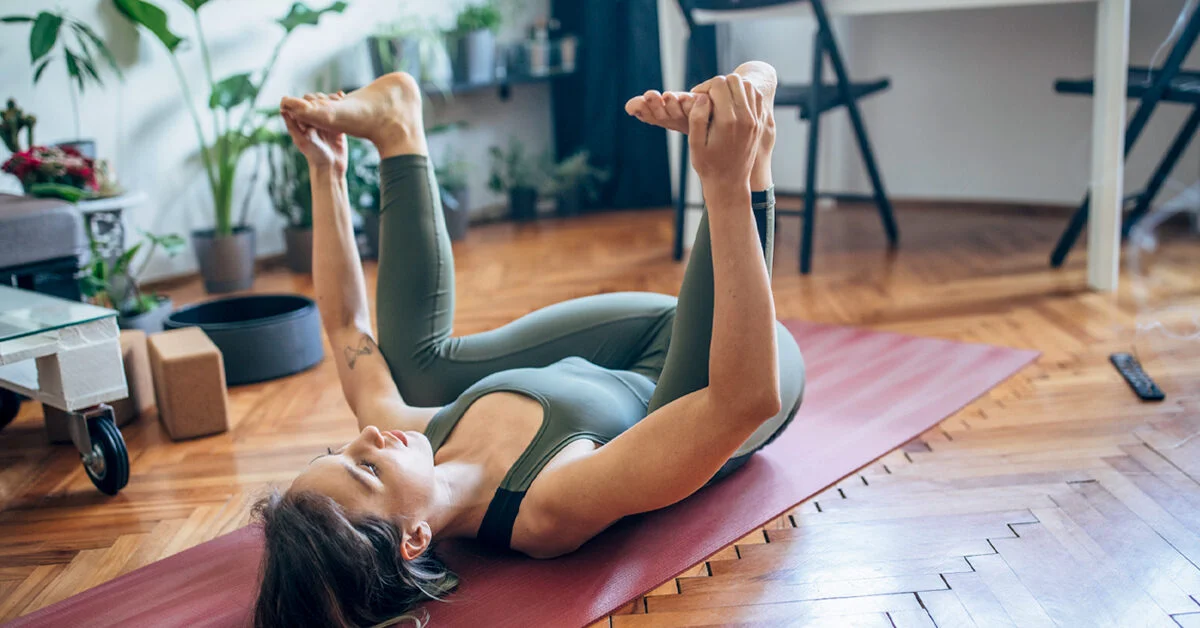
happy-baby-pose-1200x628-facebook-1200x628.jpg (1200×628) (healthline.com)
- Child’s pose. Perform 3 repetitions with a 30 second hold. Complete 1x/day.
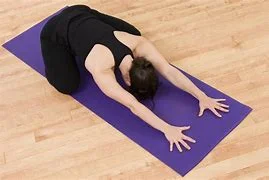
https://beyogi.com/wp-content/uploads/176798610-1.jpg
- Lumbar rotation. Perform 2 sets of 10 repetitions. Complete 1x/day.
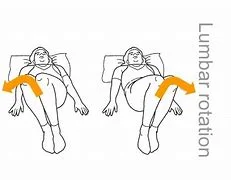
https://goodexerciseguide.files.wordpress.com/2013/02/lumbar-rotation.jpg
- Diaphragm breathing. Perform 2 sets of 10 repetitions. Complete 1x/day.
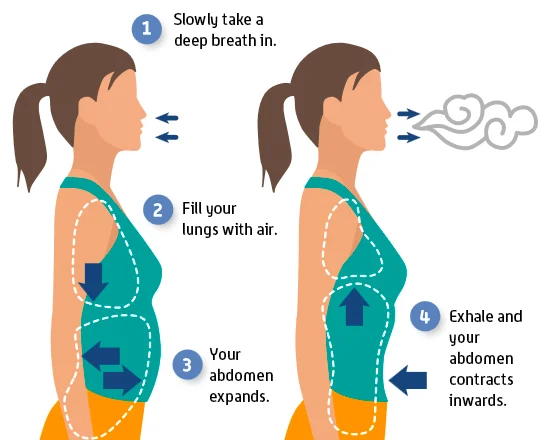
https://onepointhealth.com.au/wp-content/uploads/2018/11/How-to-breathe-deeply-1.png
References
"Vulvodynia And Vulvar Pain - Vulvar Pain Clinic". Vulvar Pain Clinic, 2022, https://www.vulvarpainclinic.com/conditions/vulvodynia-and-vulvar-pain/.
"Vulvodynia - Symptoms And Causes". Mayo Clinic, 2022, https://www.mayoclinic.org/diseases-conditions/vulvodynia/symptoms-causes/syc-20353423.
"Self-Help Tips - The National Vulvodynia Association". The National Vulvodynia Association, 2022, https://www.nva.org/for-patients/self-help-tips/.
Topics Covered:
About Chelsea Waldkirch
Licensed Physical Therapist specializing in pelvic floor therapy and women's health.
Learn more about our team →Questions About This Topic?
Our expert team is here to help answer your questions and provide personalized care.
